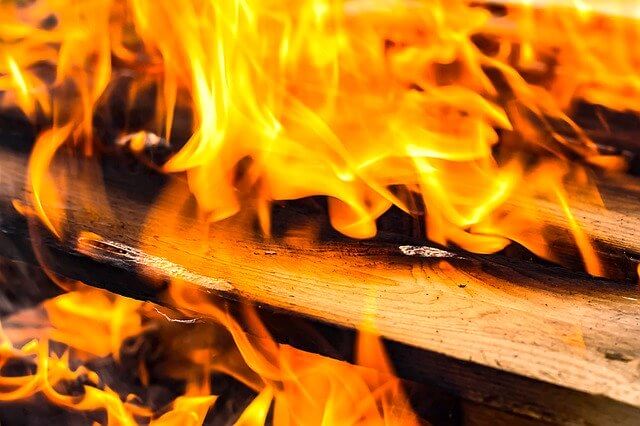Characteristics of Fire-Resisting Materials
The planning and designing of the buildings should be such in a way that the structure should offer sufficient resistance against fire to protect the occupants in the event of a fire. It should be possible when the materials used in the construction have well-fire-resistant properties. The following 5 characteristics of any fire-resisting material should be exhibited.

1. The material used in the construction should be a bad conductor of heat. When subject to high temperatures, the material does not significantly lose its strength.
2. Expansion and contraction of the material due to the rise and fall of temperature, respectively should not be excessive.
3. The contraction due to sudden cooling is more dangerous than the expansion effect. A good fire-resisting material should not be cooled rapidly as it may break into pieces.
4. The composition of the material should be such that it does not disintegrate or crumble under the effect of high temperature.
5. The material should be non-combustible as far as possible. It should never be understood that non-combustible materials are good in heat resistance. For example, mild steel is non-combustible but does not have good resistance against heat. Similarly, timber is a combustible material but it is better heat resistant than mild steel.
Read More: